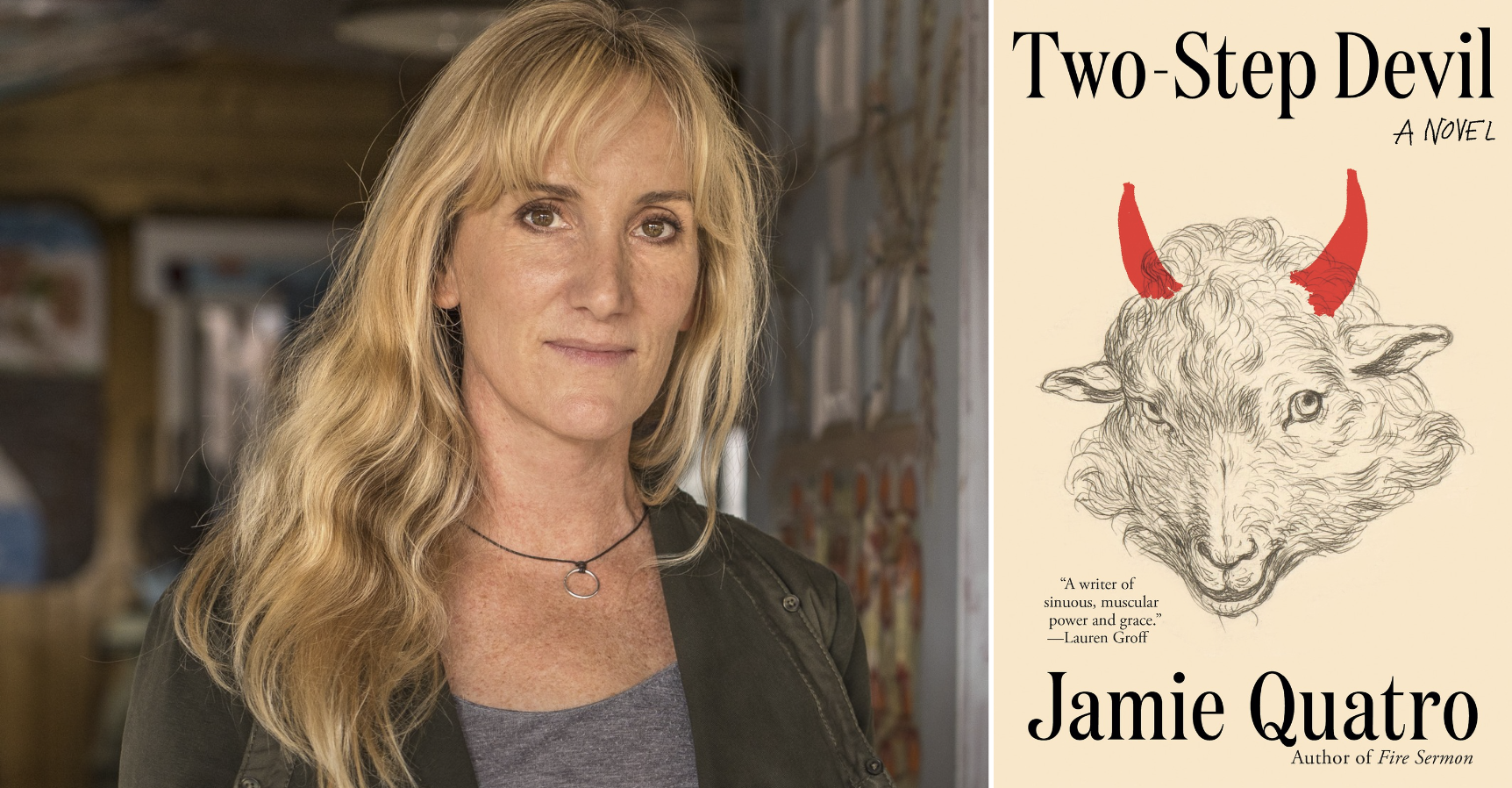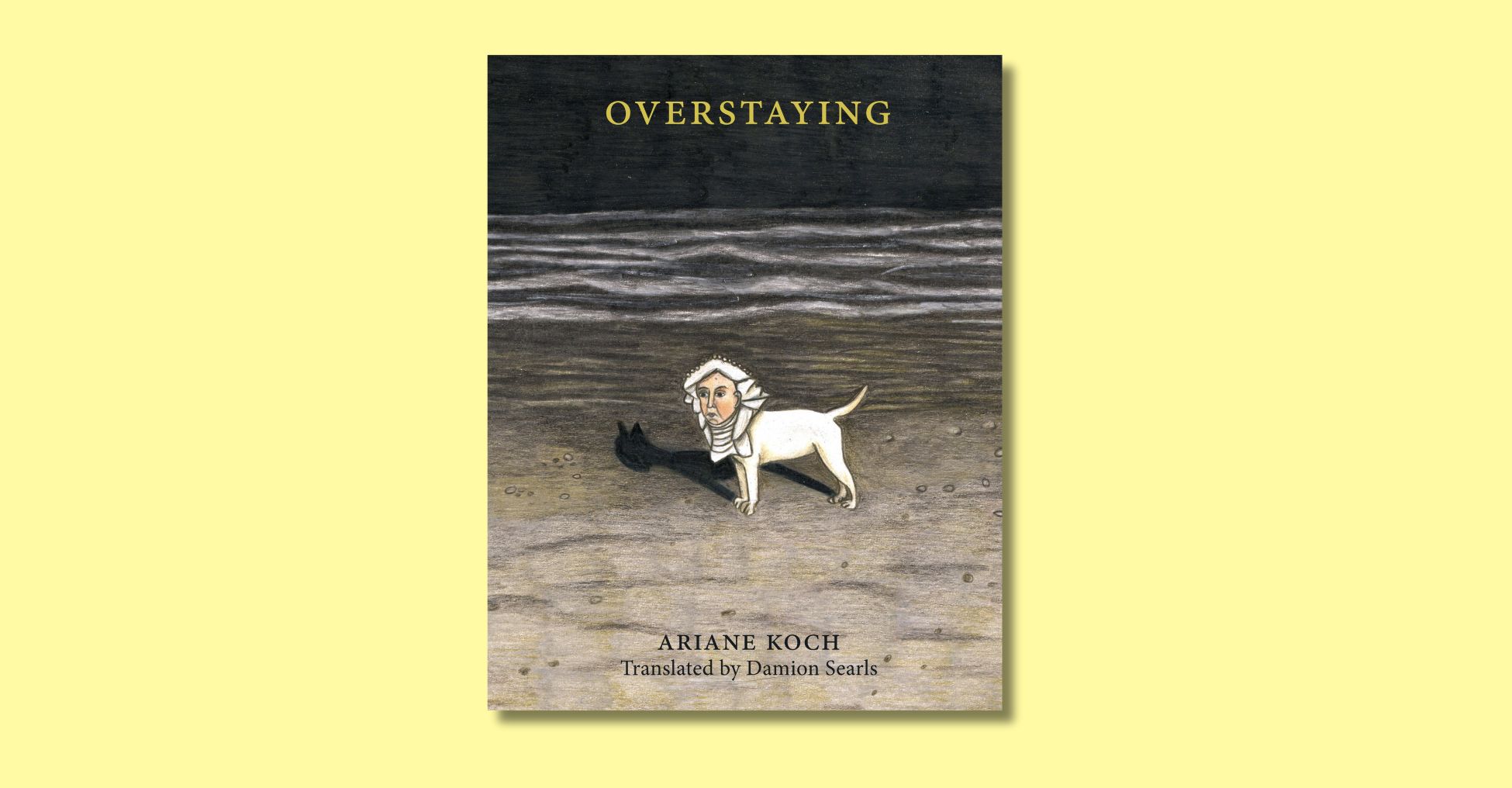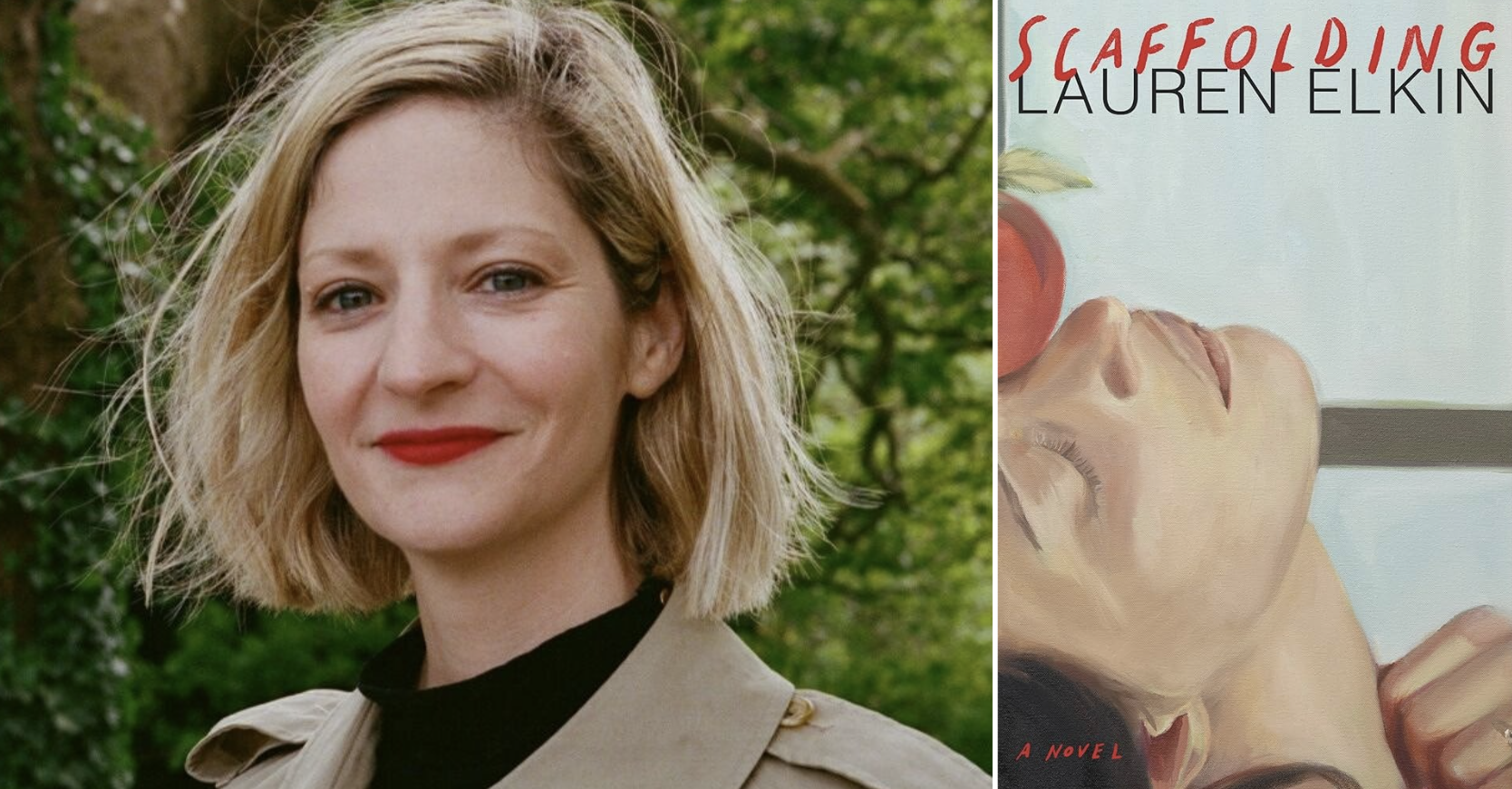
At first glance, Beaux Arts Video didn’t look like much. A cramped storefront on Tenth and Spruce Streets in Philadelphia, it was a few hundred square feet of worn carpet, handmade shelves, and ceilings that dripped when it rained. The front of the shop, bright and neatly kept, was devoted to new releases; a larger, scruffier section, down a short flight of steps, held the rest of its aging stock, VHS to DVD, classics to pure dreck.
Despite its shortcomings, Beaux Arts managed a modest greatness. Its overstuffed racks spoke like an ardent fan who loved Tootsie, Marty, and Zardoz pretty much equally. When my wife and I moved to Philadelphia in the summer of 2001, we found ourselves there most nights, our eyes aglaze with choice. Kirsten browsed upstairs, moving slowly from row to row; I poked around downstairs, searching for something weird: Delicatessen, Logan’s Run, maybe A Boy and His Dog. A section of “Great Directors” included Hawks, Wilder, and for some reason, Zemeckis. A shadowy horror section held oversized VHS cases that I’d invariably inspect while muttering, “What the fuck is this?” This was where I discovered some of our culture’s crowning glories: Invasion of the Blood Farmers, Humanoids From the Deep, and Basket Case 3: The Progeny.
The early 2000s were a time of growing pressure for Beaux Arts, and it worked admirably to keep up. Rather than add porn or Jujubes—tactics that succeeded briefly for some small video stores—it responded with cinematic novelty, as if that might stanch the bleeding. They stocked the obscure, the foreign, the Criterion-collected. Short of a spike in Tarkovsky rentals, these would never turn a profit, but their presence made a statement: someone, at least on one corner of one city, still tried to give a shit.
By the latter half of the decade, though, the slide was irreversible: if Blockbuster had been injurious, Netflix was a cancer. And so was On Demand, Hulu, and the thousand other ways we now put stories before our eyes. Suddenly, the shop was superfluous; it might as well have sold whale oil. I’d sometimes spend twenty minutes there, seeking hidden treasure, and become acutely aware that I was the only customer.
Inevitably, Kirsten and I drifted away from Beaux Arts as well, an act of civic hypocrisy. We lived in a city in part because of places like Beaux Arts—shops and parks and streets that, like remote island flora, cannot exist elsewhere in exactly the same form. Beaux Arts had Lance, the quiet and amiable manager, who ran a site inspired by films that disturbed him as a kid. A shoebox near the register was filled with scraps of paper, each bearing a title—Alphaville was one—for the indecisive renter. A dry-erase board behind the counter, its margins filled with doodles, bore a list of new releases. When a movie was out, a frowny-face was drawn next to its title. In the last couple of years, there were very few frowny faces, and we were rarely there to see them.
Say what you will about the dehumanizing effects of technology—I’m not kidding here; I will never tire of it—but its speed and ease eventually erodes all argument. Rather than walk a few pleasant blocks and chat with a friendly clerk, we clicked and clicked and clicked until Beaux Arts finally fell. The decline was graceless and swift.
First, prices rose. Then the “Recent New Releases” section gave way to shelves of snacks—sad, hand-bagged Ziplocs of almonds and cashews. Last came the sale of “Vintage Entertainment Ware,” half of the store inexplicably given to antique snifters and china. My “What the fuck is this?” was now reserved for the shop itself, and I instinctively stayed away. Its desperation was too plain.
The “Final Days” signs went up a couple of weeks ago. A sheet of paper taped to the door read, “All DVDs $2.00.” I went in to see if, like the boy in The Giving Tree, I could strip my old friend of everything as it died of what I’d caused. The leavings were appropriately grim: Stuck on You, Corky Romano, disc two of Kirstie Alley’s Big Life. I wasn’t disappointed, though; I didn’t really want anything. Since we’d opened our account a decade before, the concept of ownership had changed. The impressive stoutness of a two-tape set—Nixon or Titanic—now seemed faintly insane. Home DVD collections were beginning to feel like clutter, and I needed no more of that. My eyes ran across the shelves. This was where my wife and I had fallen for Paul Newman, Katherine Hepburn, Freaks and Geeks. It had brought us Miyazaki and Kurosawa, Ashby and Altman. I’d once run here in the rain to get more episodes of Six Feet Under.
Such a thing would never happen again. Through no fault of its own, Beaux Arts had become a room full of junk. I nodded to the clerk, who I didn’t recognize, and got the hell out of there. Beaux Arts Video was dead—and despite all it had given me, I felt a shameful relief.
(Image copyright the author)








